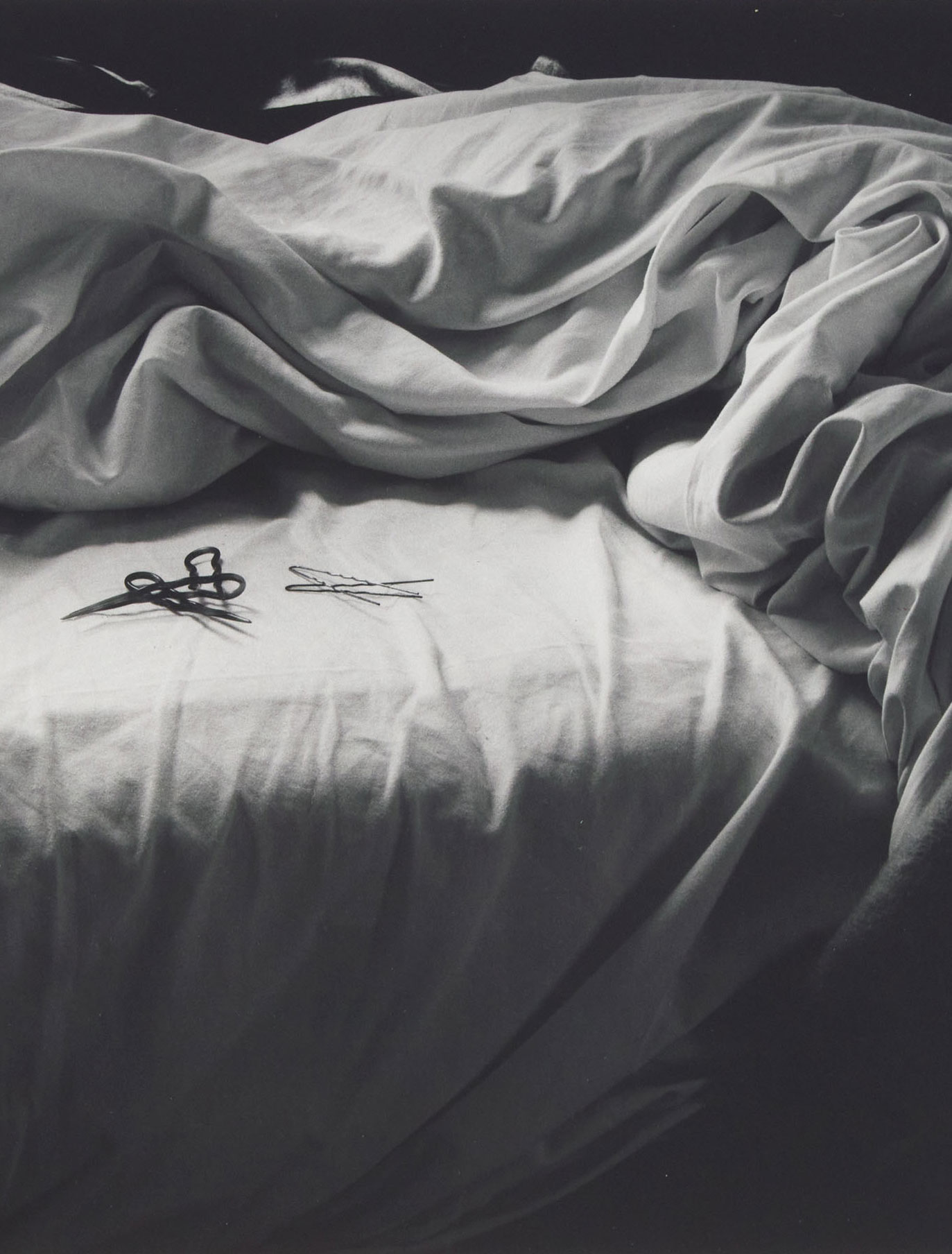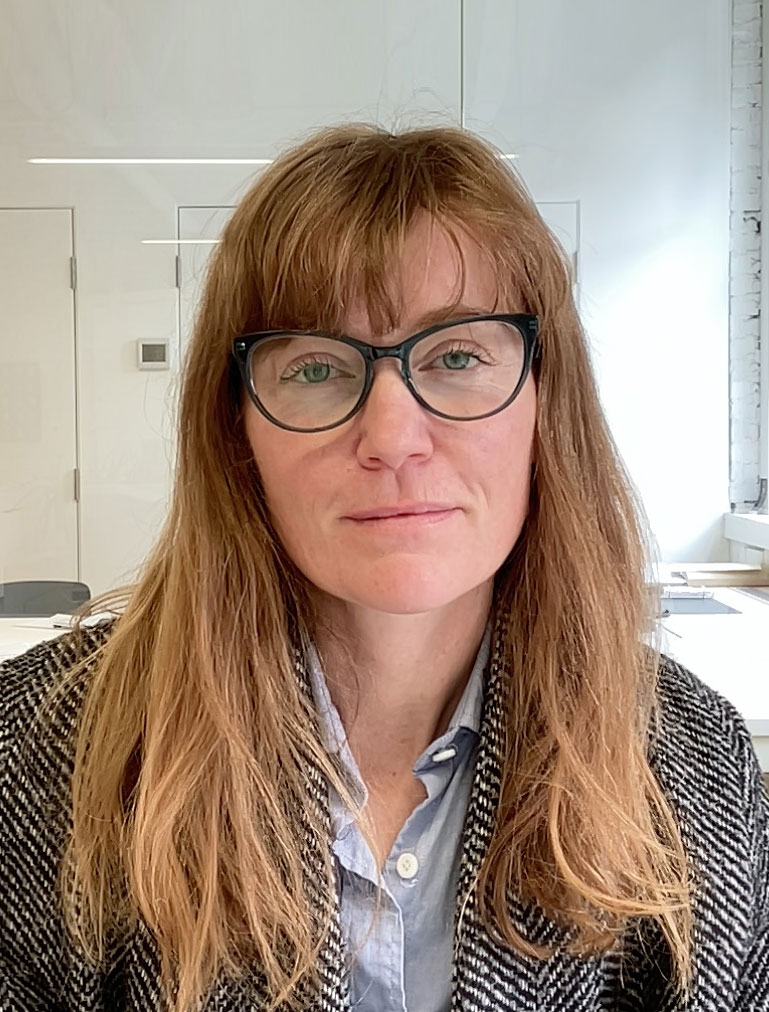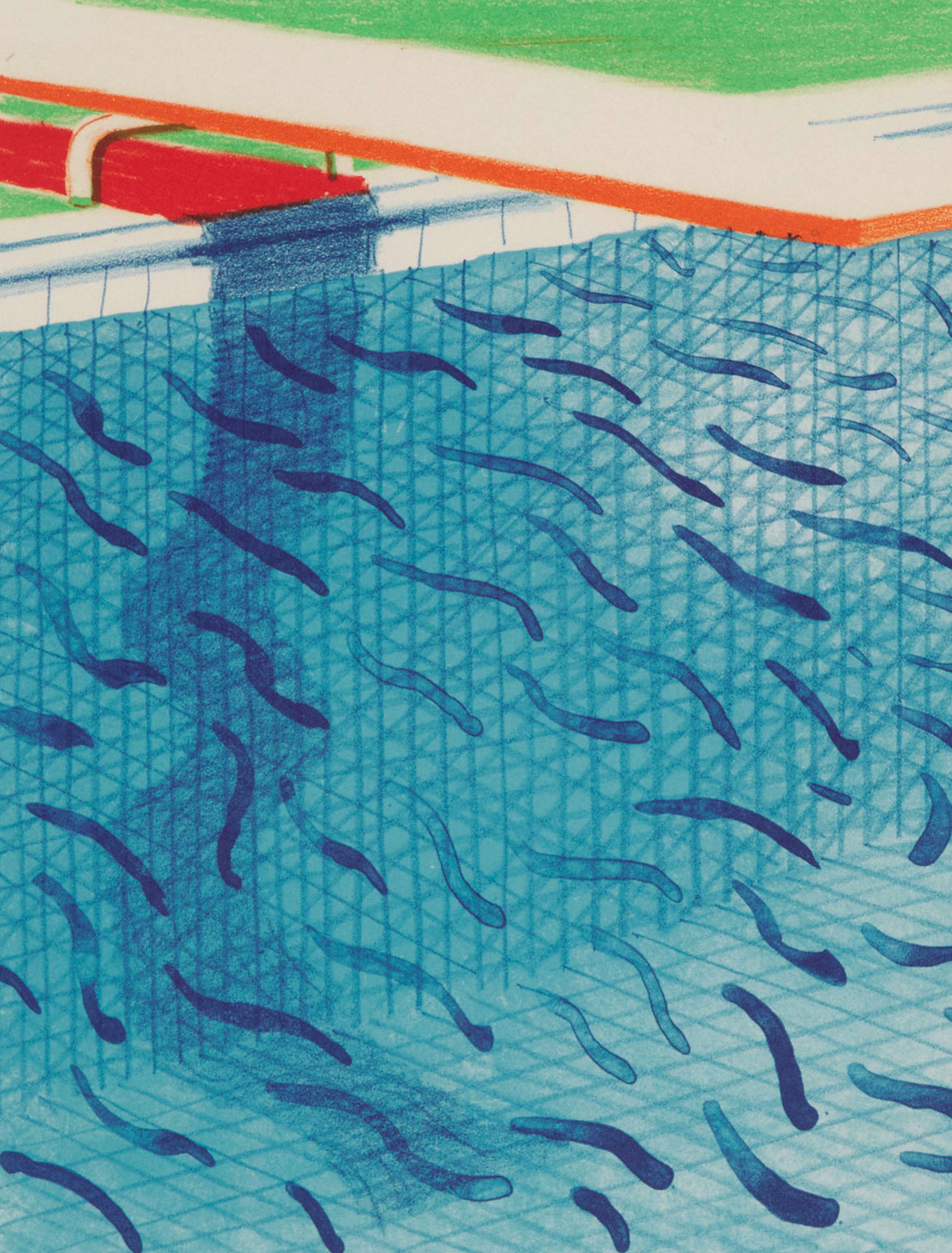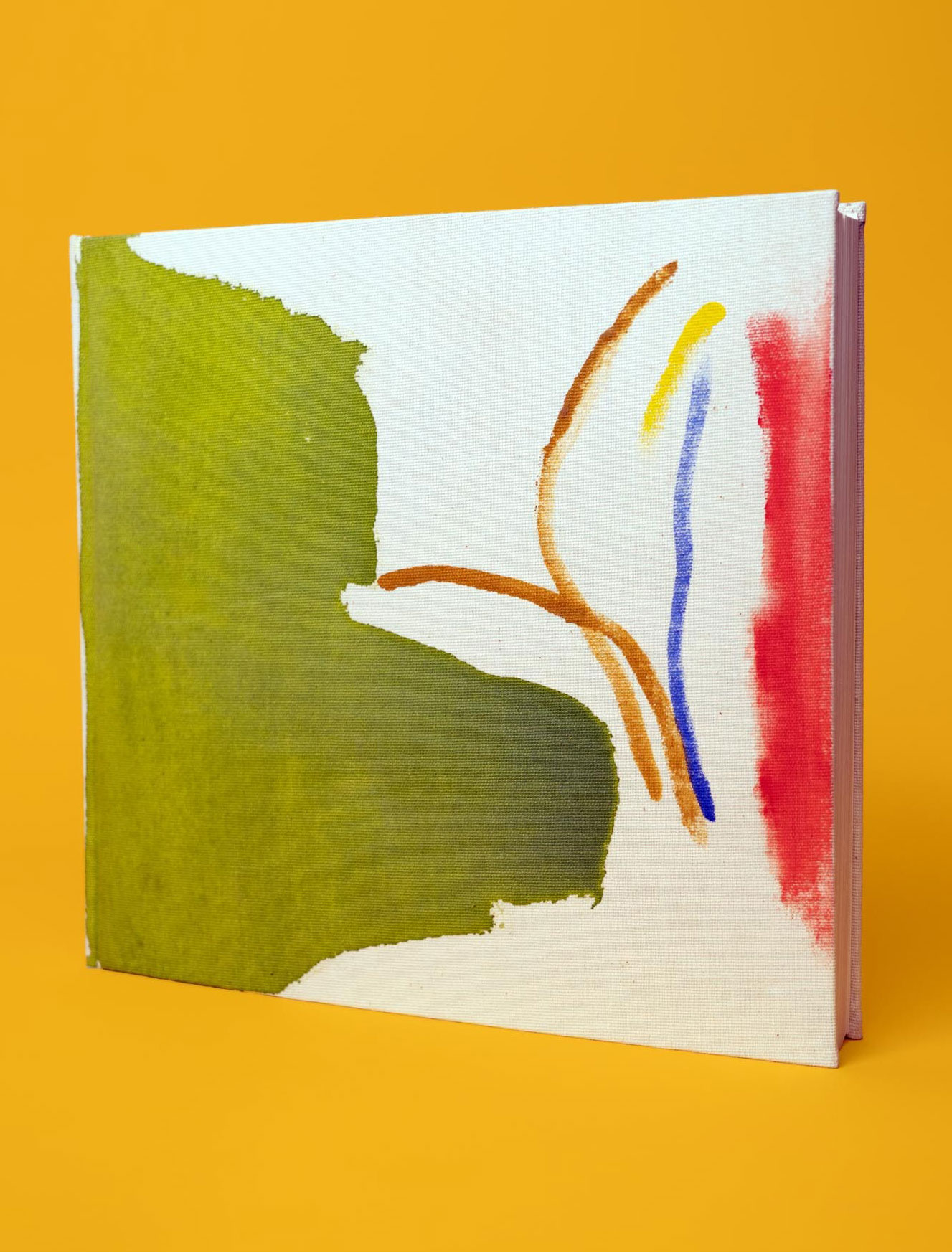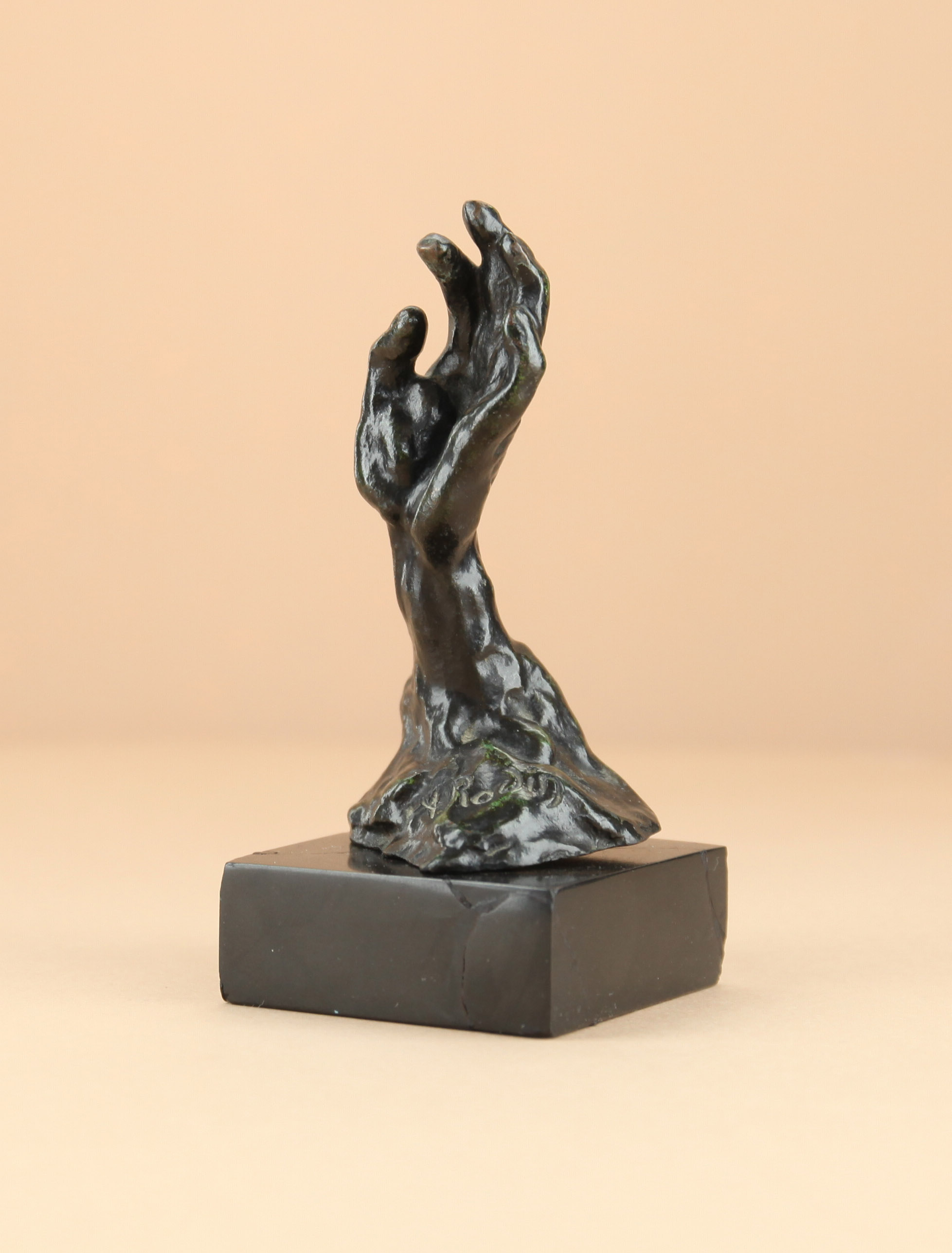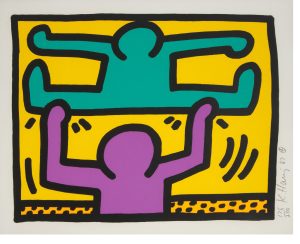
Across time and diverse mediums, the artists who endure, who continue to inspire have one thing in common: an immediately recognizable style. With his bold lines, bright colors and playful figures, Keith Haring certainly fits the bill.
Born on May 4, 1958, in Reading, Pennsylvania, Haring learned to draw from his father, who would entertain the young boy by inventing cartoon animals. Haring’s father encouraged his son’s artmaking throughout his youth, with Haring writing that to him, “drawing became a way of commanding respect and communicating with people.”
Haring moved to New York City in 1978 to study painting at the School of Visual Arts. He also studied semiotics, the science of signs and symbols, which would influence his thoughts about how art is experienced by its viewers, and shift his focus towards visual accessibility and inclusivity. Haring dropped out of school, though these teachings would impact his artistic career.
An afternoon spent drawing in a studio with large windows that backed onto 22nd Street would cement Haring’s views on the necessity for art to be approachable: “All kinds of people would stop and look at the huge drawing and many were eager to comment on their feelings toward it. This was the first time I realized how many people could enjoy art if they were given the chance.These were not the people I saw in the museums or in the galleries but a cross section of humanity that cut across all boundaries. This group of different people living and working together in harmony has always been my prime attraction to New York.”
NOTES FROM UNDERGROUND
Haring began making large drawings with chalk on blank advertising panels in the New York subway. When there was a shortage of new ads to be posted, the city would substitute black paper panels instead of advertisements. These panels were the perfect blank slate for Haring, who began drawing on his way to work while waiting for a train. Drawings needed to be made in a matter of minutes so as to avoid detection by authorities – despite the easily erased nature of chalk, they were still considered to be graffiti. Haring recalled instances of being fined, arrested, and even brought in to the station, though he said often he was met there by police officers who turned out to be fans of his work.
The subway drawings, designed to take art outside of elitist institutions, quickly found an audience. In Haring’s words, “after a while, my subway drawings became more of a responsibility than a hobby. So many people wished me luck and told me to “keep it up” that it became difficult to stop. From the beginning, one of the main incentives was this contact with people. It became a rewarding experience to draw and to see the drawings being appreciated. The number of people passing one of these drawings in a week was phenomenal. Even if the drawing only remained up for only one day, enough people saw it to make it easily worth my effort. The panel remains from a few days to a few weeks before a new advertisement is posted on tip of it. This constant replenishment forces me to keep inventing new images and ideas.”
A NEW WAY OF LOOKING
Haring’s style is often described as “pop art meets graffiti.” The artist was heavily inspired by hip hop, politics and street art aesthetics, noting that “I arrived in New York at a time when the most beautiful paintings being shown in the city were on wheels – on trains – paintings that traveled to you instead of vice versa. I was immediately attracted to the subway graffiti on several levels: the obvious mastery of drawing and color, the scale, the pop imagery, the commitment to drawing worthy of risk and the direct relationship between artist and audience. I had no intention, however, of jumping on the bandwagon and imitating their style.” Instead, Haring saw his style as “part of the collective consciousness of modern man. Sometimes they stem from world events, sometimes from ideas about technology or people changing roles in relation to God and evolution. All of the drawings use images that are universally “readable.””
The notoriety of Haring’s subway drawings led to a thriving career aboveground. Haring partnered with art dealer Tony Shafrazi, which allowed him to quit his service job and paint full time. His first solo show with Shafrazi was in 1982, and opened to acclaim from both the mainstream media and mainstream audiences alike. Haring exhibited internationally and across the US, producing work at a ferocious pace. His subway drawings, which he continued to make, had become collector’s items, and Haring explained that “by 1984 the subway [drawings] started to backfire, because everyone was stealing the pieces. I’d go down and draw in the subway, and two hours later every piece would be gone. They were turning up for sale.”
Despite his fame, Haring never lost sight of his original intentions. Haring continued to make public work in the form of murals and commissions, while also opening his “Pop Shop” in 1986. The Pop Shop sold clothing and novelty items, as Haring had decided that just because some fans couldn’t afford a five-figure painting, they shouldn’t be barred from accessing his art. For Haring, “art is for everybody.” Haring was also a vocal community activist, working to draw attention to AIDS, LGBTQ+ rights and environmentalism, long before these causes were fashionable.
In 1988, Haring was diagnosed with AIDS, which would take his life in 1990, at the age of 31. Though the disease was heavily stigmatized, Haring had no qualms about sharing his status in Rolling Stone magazine. Shortly before his death, he explained that “no matter how long you work, it’s always going to end sometime. And there’s always going to be things left undone. And it wouldn’t matter if you lived until you were seventy-five. There would still be new ideas. There would still be things that you wished you would have accomplished. You could work for several lifetimes….Part of the reason that I’m not having trouble facing the reality of death is that it’s not a limitation, in a way. It could have happened any time, and it is going to happen sometime. If you live your life according to that, death is irrelevant. Everything I’m doing right now is exactly what I want to do.”
Collectors continue to be inspired by Haring and his legacy. His energetic works remind audiences that art can be transformative, regardless of our respective backgrounds. In the words of Alexandra Jacobs, writing for the New York Times, “modern art can baffle and intimidate. Keith Haring strove to democratize it.” Through his commitment to accessibility and activism, Haring created a recognizable and revolutionary style that the artist saw as being “an expression of hope and beauty.”
About the auction
We’re excited about our Spring Editions auction which will feature works by International artists David Hockney, Keith Haring, Helen Frankenthaler, Christopher Wool, Friedel Dzubas, Roy Lichtenstein, Kiki Smith, Sonia Delaunay, Bridget Riley, Sol Lewitt, Terry Frost, Yoshimoto Nara, Brice Marden, Francisco de Goya, Pablo Picasso, Joan Miró and Canadian artists including Alex Colville, Jack Bush, Jean Paul Riopelle, Alfred Pellan, Michael Snow, Christopher Pratt, Rita Letendre and more.
The auction will be available for online bidding April 20-25, 2024. Public previews will be held at our Toronto offices:
On View:
Monday, April 22 from 10:00 am to 5:00 pm
Tuesday, April 23 from 10:00 am to 5:00 pm
Please contact us for more information.
Related News
Meet the Specialists

Goulven Le Morvan
Director, International Art, Montreal

Alicia Bojkov
Consignment Specialist, International Art



